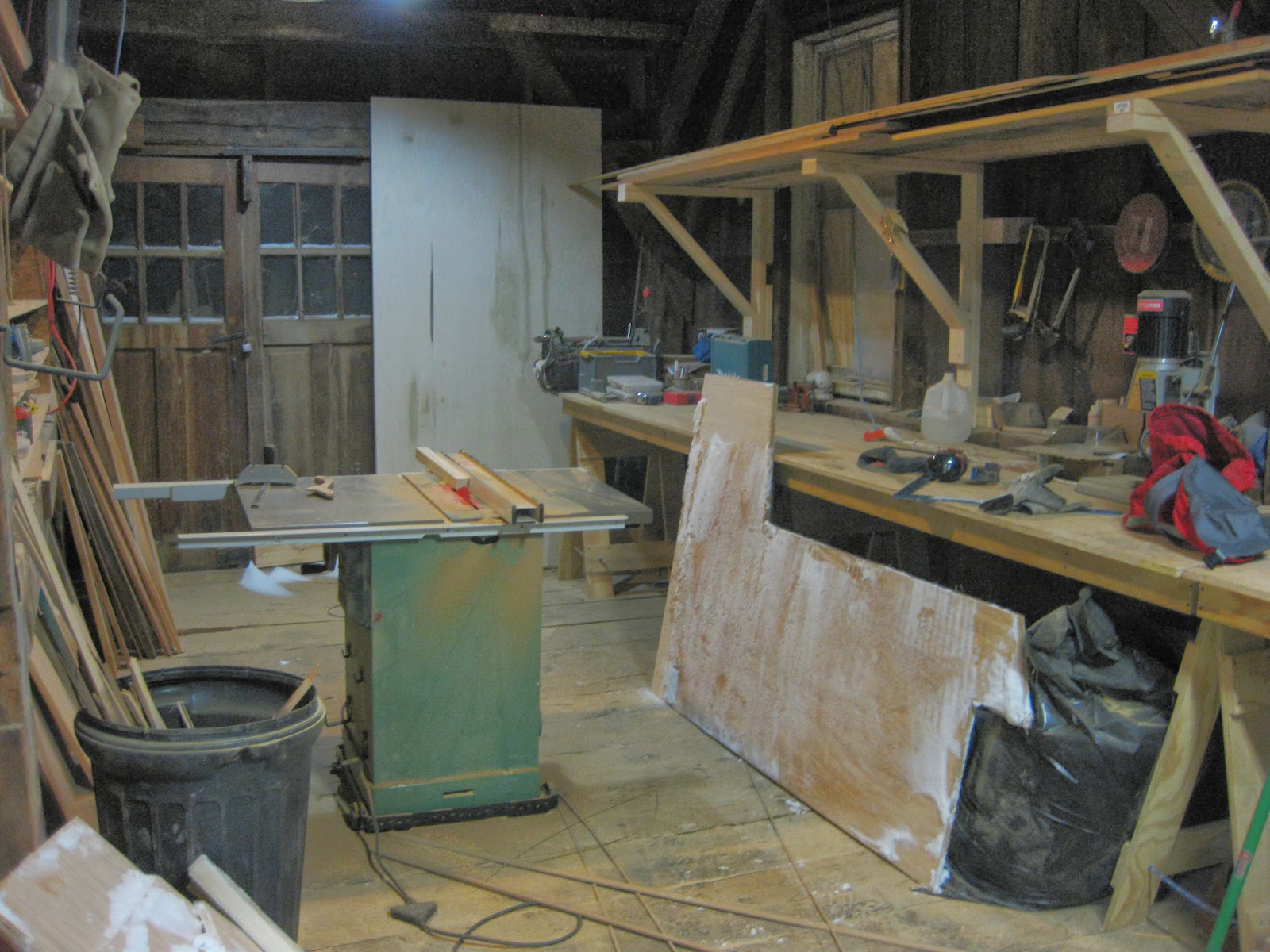Sometimes I am reminded of the fact that I'm not just working on building a funny little quirky floating apartment, but a rather sophisticated piece of engineering wizardry. Due to the limited amount of information available on Creekmore Sailboats, and mine in particular, it's not just as simple as assembly. At this stage of the game there is actually quite a bit of serious calculating, design, and fabrication required before I can take 'ol Creeky out for a sail. This is primarily in the design of the standing and running rigging (the cables that attach to the mast and the lines/hardware that control the sails). While I could farm out the whole process to a naval architect or similar expert, it would be much more expensive than I can afford at the moment. The cost of the rigging itself this summer will be more than enough to keep me broke. I feel that it will be a huge benefit to fully understand the forces acting on the boat in any given situation. This will help me to be more confident in the mechanics of the boat; but will also give me the knowledge to deal with any rigging failures down the line where I might not have a knowledgeable, English-speaking naval architect on hand.
So I'm doing the math myself. The two books I am buried in right now are "The Complete Rigger's Apprentice" by Brion Toss, and "Principles of Yacht Design" by Lars Larsson and Rolf E. Eliasson. Pretty light reading...
While I hope to to the bulk of the planning myself I will definitely get some input from more knowledgeable folks before trusting my assumptions and calculations. My friend Jesse had a great idea: get in touch with a naval architecture professor and see if they could make it a student project. Just waiting for responses now. Thanks for the idea Jesse!
Another reason I didn't want to spend a bunch of money on a naval architect is that many of the dimensions that could be designed are already fixed. The mast is 62', the boom is 18', the hull a'int changing at this point, and I already have all the sails. There's also about 10,000 lbs of lead ballast epoxied into the keel. My hope is that the bow will settle down a bit when the mast is installed, but if it doesn't I'm just going to have to deal with it and maybe add some more ballast towards the bow. Even if I went with a naval architect and they told me they would do things differently, like add a mizen mast, I still wouldn't. I am going to build the boat as Henry originally designed it, or as close as possible given the information I have. I'm getting there.
One thing that has helped is the layout drawing of the hull with a view from above and from the side (down to the waterline). This doesn't include the mast, rigging, or the keel, but I realized it was in 1/20 scale and built a 3D model using Google Sketchup. So far I've just built in the more basic dimensions, but eventually I plan to model the entire boat. For anyone that uses Google Sketchup, I shared the model in the 3D warehouse. Search for "Creekmore 45."
 |
| Just playing around with the Google Layout rendering |
 |
| Top view |
 |
| This will be expanded on soon |
 |
| Notice the boom angle. That was specified in the notes I have. |
 |
| Another side view |
 |
| Basic, but not too shabby |











































